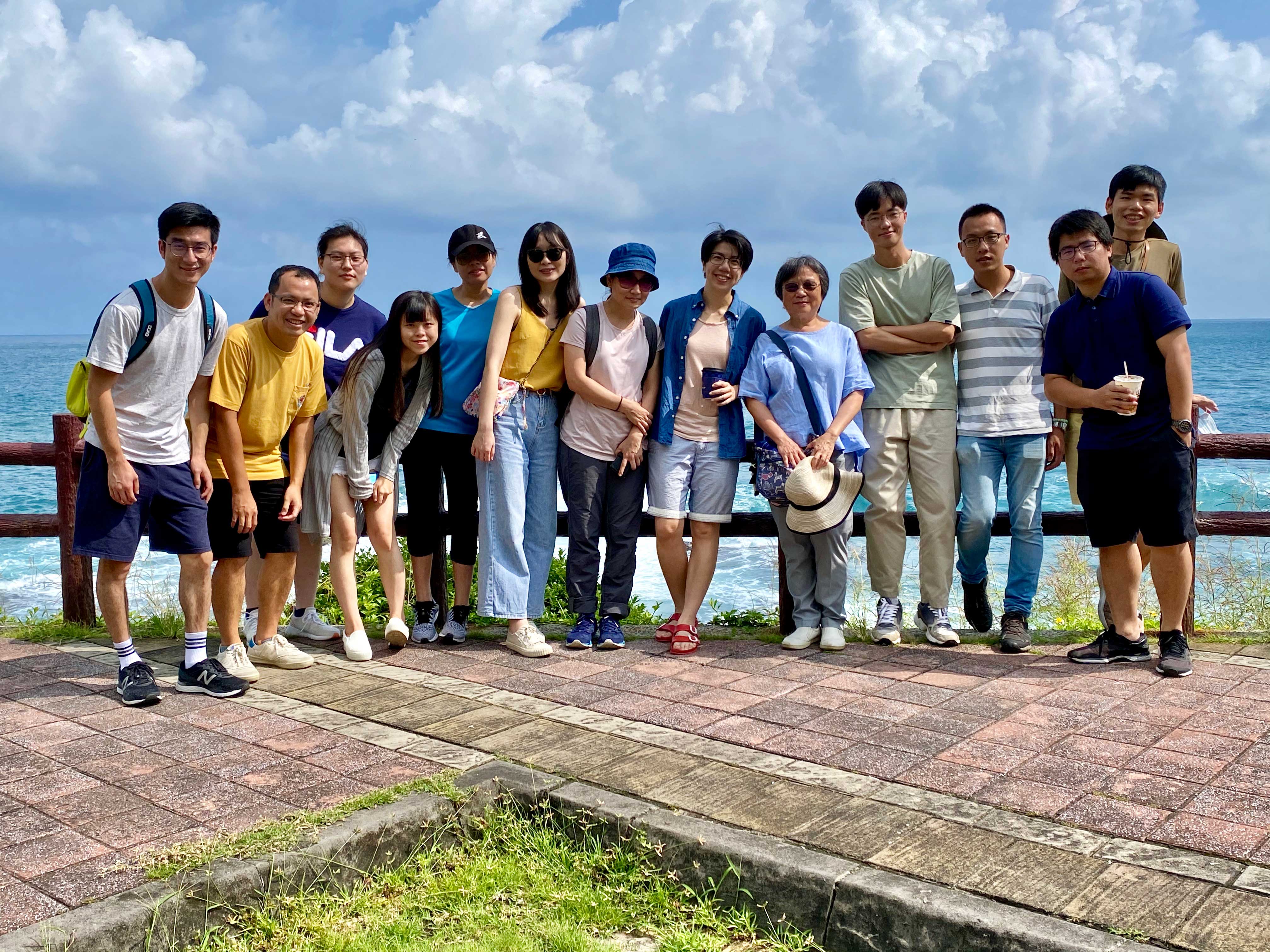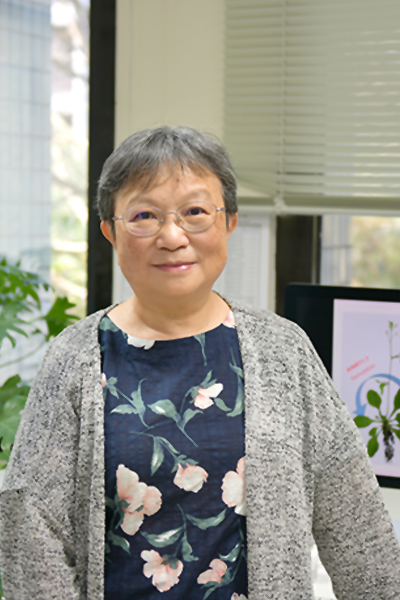Nitrate Transport, Signaling and Utilization Efficiency Nitrate Transport
For most plants, nitrate is their primary nitrogen source. Nitrate taken into the plant can be assimilated right away in the root tissue, stored in the vacuole for future use, or transported to the leaf tissue and assimilated there. By characterizing nitrate transporters in the NRT1 (PTR) family, we elucidated novel molecular and regulatory mechanisms for several critical steps of nitrate transport including uptake, xylem loading and unloading, and phloem-mediated remobilization. Several new findings are written into textbooks. Recently, we are trying to identify transporters responsible for retrieving nitrate from vacuole, a critical but unsolved step of the nitrate homeostasis regulation.
Nitrate Sensing
Nitrate also serves as a signaling molecule regulating plant growth and flowering. Dual-affinity nitrate transporter CHL1 is switched between high- and low-affinity modes of transport by phosphorylation and dephosphorylation at threonine residue 101. In addition to being a transporter, CHL1 also functions as a nitrate sensor, named as transceptor. By dual-affinity binding, phosphorylation switches as well as the dynamic interactions with two kinases and one phosphatase, CHL1 can sense wide range of nitrate concentration changes in the soil, and induce different levels of transcriptional responses. This mechanism becomes a paradigm for how other nutrients are sensed. NRT1.13 is another transceptor in the NRT1 family. Study of NRT1.13 tell us how internal nitrate is sensed to regulate shoot architecture and flowering time. We are taking genetics, cell biology and biophysics approaches to understand how cell-to-cell communication and dynamic protein-to-protein interaction are involved in the concentration- and temporal-dependent responses.
NUE: Nitrogen Utilization Efficiency
Nitrogen is a major limiting factor for crop productivity. Production of N fertilizer consumes 1-2% of global energy. Nevertheless, only 30-50% of N fertilizer applied is utilized by crops, and the reminder leads to severe environmental problems. Therefore, enhancing crop NUE is an urgent issue for sustainable agriculture. Several NRT1 genes provide new tools of engineering crops to enhance NUE. In addition, GWAS approach will be taken to systematically identify new genes for improving NUE.
- PDF, 1990-1993, Department of Biology, University of California at San Diego, USA
- Ph.D., 1990, Biology, Carnegie Mellon University, Pittsburgh, PA, USA
- MS, 1985, Botany, National Taiwan University
- BS, 1983, Botany, National Taiwan University
- 2024, Academician, Academia Sinica, Taiwan
- 2024, TWAS Award in Biology
- 2021, International Member, the National Academy of Science, US
- 2021, Shang-Fa Yang Memorial Lecture Award, Taiwan
- 2019, ASPB Enid MacRobbie Corresponding Membership Award, US
- 2019, CTCI Science and Technology Contribution Award, Taiwan
- 2018, Taiwan Outstanding Woman in Science, Taiwan
- 2016, KIA (Khwarizmi International Award) Laureate, Iran
- 2014, Hou Chin Dui Outstanding Honor Award, Taiwan
- 2013, 57th Academic Awards from Ministry of Education, Taiwan
- 2003, 2010, Outstanding Research Award from National Science Council (MOST), Taiwan
- 2000, Outstanding Young Researcher Award from Academia Sinica, Taiwan
- Ho, C.H., Lin, S.H., Hu, H.C., Tsay, Y.F. (2009) CHL1 functions as a nitrate sensor in plants. Cell 138: 1184- 1194.
- Wang, Y.Y., Tsay, Y.F. (2011) The role of Arabidopsis nitrate transporter NRT1.9 in phloem nitrate transport. Plant Cell 23: 1945-1957.
- Hsu, P.K., Tsay, Y.F. (2013) Two phloem nitrate transporters, NRT1.11 and NRT1.12, are important for redistributing xylem-borne nitrate to enhance plant growth. Plant Physiol. 163(2): 844-56.
- Tsay, Y.F. (2014) How to switch affinity? Nature 507 (7490): 44-5.
- Wang, Y.Y., Cheng, Y.H., Chen, K.E., Tsay, Y.F. (2018) Nitrate transport, signaling and NUE. Annu. Rev. Plant Biol. 69: 85-122.
- Chen, K.E., Chen, H.Y., Tseng, C.S., Tsay, Y.F. (2020) Improving nitrogen use efficiency by manipulating nitrate remobilization in plants. Nature Plants 6: 1126-1135.
- Chen, H.Y., Lin, S.H., Cheng, L.S., Wu, J.J., Lin, Y.C., Tsay, Y.F. (2021) Potential transceptor AtNRT1.13 modulates shoot architecture and flowering time in a nitrate-dependent manner. Plant Cell 33, 1492-1505.
- Lin Y.C., Tsay, Y.F. (2023) Study of vacuole glycerate transporter NPF8.4 reveals a new role of photorespiration in C/N balance. Nature Plants (https://doi.org/10.1038/s41477-023-01392-2)
- Cheng Y.H., Durand M., Brehaut V., Hsu F.C., Kelemen Z., Texier Y., Krapp A., Tsay, Y.F. (2023) Interplay Between NIN-LIKE PROTEINs 6 and 7 in Nitrate Signaling. Plant Physiology (In press) DOI: 10.1093/plphys/kiad242
- 2021- Section Head for F1000/Faculty Opinions
- 2021- Associate Editor for Plant Physiology
- 2018- Contributing member for F1000/Faculty Opinions
- 2011-2020 Monitoring Editor for Plant Physiology


